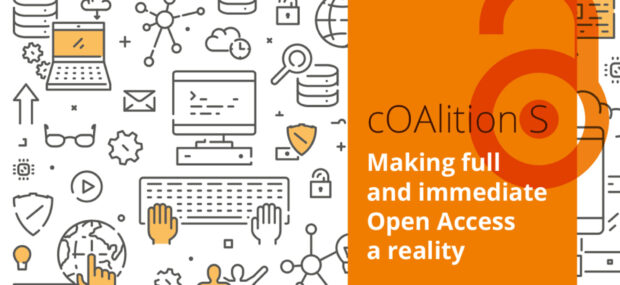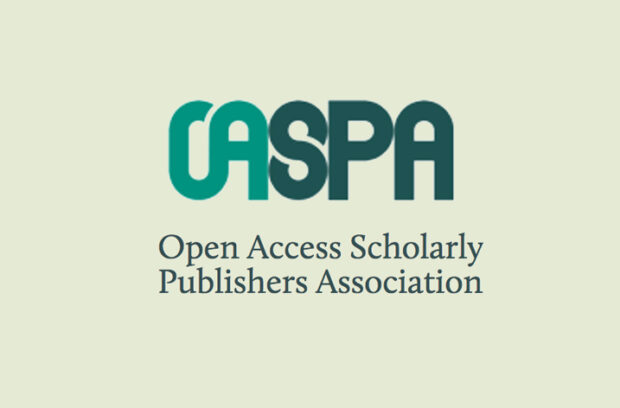For folks interested in the current state of scholarly publishing, especially regarding Open Access, there are two recent reports that do a great job of summarizing publishing’s move toward OA.
In November, the White House Office of Science and Technology Policy (OSTP) released its “Report to the U.S. Congress on Financing Mechanisms for Open Access Publishing of Federally Funded Research.” This report, required by a 2023 appropriations Act, describes the different business models currently being used to comply with the requirement of public access within a year of publication (remembering that the U.S. government uses the term “public access” to denote free-to-read access, and not any of the other rights OA implies). It also provides top-level statistics about the rapid growth in OA publishing over the last ten years.
The most interesting takeaway is how difficult it is to estimate how much federally funded researchers paid to publish in the last few years. Even the U.S. government has very limited data. The best guess from OSTP was slightly more than $378 million in 2021, a 39% increase from 2016. The other highlight of the report is the Appendix, which describes the economic concepts related to publishing that can be used to analyze the system.
Also in November, a group of faculty and staff from the Massachusetts Institute of Technology released the report “Access to Science and Scholarship: Key Questions about the Future of Research Publishing.” Much like the OSTP report, it spends most of its time discussing the recent history of publishing, highlighting growth in both scholarly outputs and in spending. There is more detail here on specific publishers and their business models, especially the growth of massive fully-OA publishers.
The benefit of this report is that it takes a slightly larger view of the entire scholarly communications ecosystem. The Nelson memo applied to both publications and data, and this report poses some interesting research questions about open data, like how it should be shared, and what is it going to cost? It also presents questions about preprint servers and peer review, two issues not covered by OSTP.




